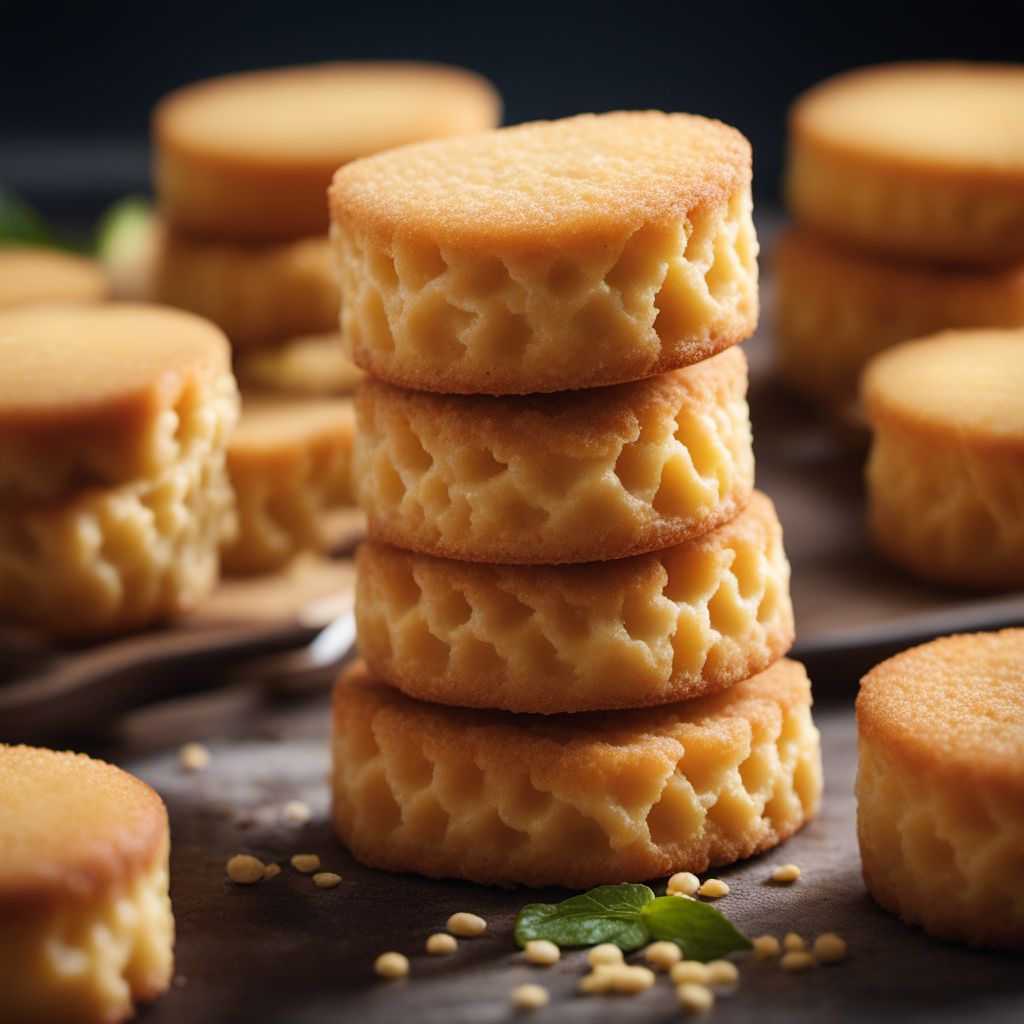
Ingredient
Sponge biscuits
Featherlight Delights: Exploring the World of Sponge Biscuits
Sponge biscuits are light and spongy in texture, with a subtle sweetness that pairs well with a variety of flavors. They are typically elongated in shape, with a pale golden color and a slightly crisp exterior. The interior is soft and airy, making them perfect for soaking up syrups or creams in desserts like tiramisu or trifle. Their delicate structure allows them to absorb flavors and liquids without becoming soggy, making them a versatile ingredient in both sweet and savory dishes.
Origins and history
Sponge biscuits have a rich history that can be traced back to the Renaissance period in Italy. They were originally created by the chef of the Duke of Savoy, hence the name "savoiardi." Over time, they gained popularity throughout Europe and became a staple in French and English cuisine. Today, sponge biscuits are enjoyed in various forms and variations across the globe, showcasing their versatility and enduring appeal.
Nutritional information
Sponge biscuits are relatively low in calories, with around 40 calories per biscuit. They are also low in fat and cholesterol, making them a lighter option for those watching their intake.
Allergens
Sponge biscuits typically contain wheat flour and eggs, making them unsuitable for individuals with gluten or egg allergies.
How to select
When selecting sponge biscuits, look for ones that are firm and dry to the touch. Avoid biscuits that are overly soft or have a stale smell. Freshness is key, so check the expiration date and opt for brands known for their quality.
Storage recommendations
To maintain the freshness of sponge biscuits, store them in an airtight container in a cool, dry place. Avoid exposing them to moisture, as it can cause them to become soft and lose their delicate texture.
How to produce
Producing sponge biscuits at home requires a basic understanding of baking techniques. By combining eggs, sugar, flour, and a touch of vanilla extract, you can create your own sponge biscuits. The batter is piped into finger-shaped portions and baked until golden and springy to the touch.
Preparation tips
Sponge biscuits are incredibly versatile and can be enjoyed in various ways. They are commonly used as a base for desserts like tiramisu, trifles, or charlottes. They can also be enjoyed on their own, dipped in tea or coffee. To enhance their flavor, try dusting them with powdered sugar or dipping them in melted chocolate. For a savory twist, use sponge biscuits as a base for canapés or as a crunchy element in layered salads.
Culinary uses
Sponge biscuits are a staple in classic desserts like tiramisu, trifles, and charlottes. They can also be used as a base for ice cream cakes or as a crunchy layer in parfaits. Additionally, they can be enjoyed on their own as a light and delicate treat.
Availability
Sponge biscuits are commonly available in most grocery stores and supermarkets worldwide.
More ingredients from this category
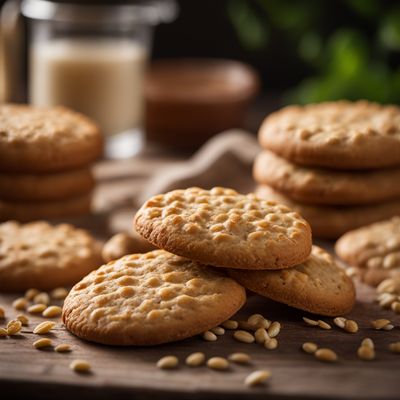
Biscuits, spelt meal
The Wholesome Alternative: Spelt Meal Biscuits
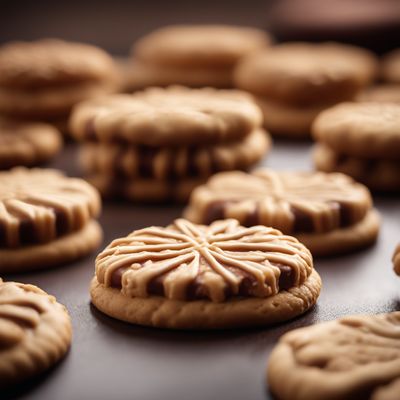
Biscuits, chocolate
Decadent Delights: Exploring the World of Chocolate Biscuits
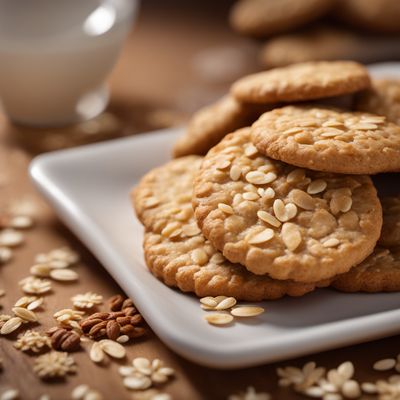
Biscuits, oat meal
Oatmeal: The Versatile Breakfast Staple

Speculaas
"The Irresistible Dutch Delight: Speculaas - A Spiced Cookie with a Rich History"
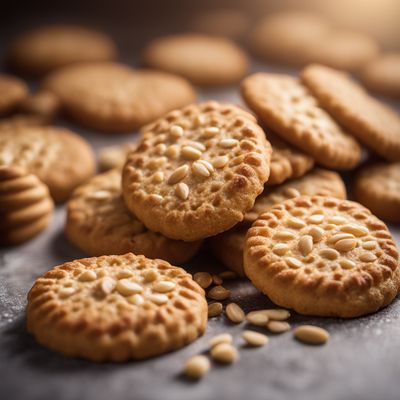
Biscuits, sweet, wheat wholemeal
Indulgent Delights: Discovering the World of Wholemeal Sweet Biscuits

Butter biscuits
Buttery Delights
Recipes using Sponge biscuits » Browse all
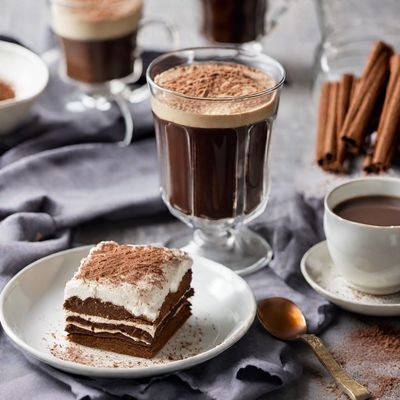
Soulful Tiramisù
Soulful Tiramisù: A Sweet Symphony of Flavors

Thai-inspired Tiramisù
Coconut-infused Tiramisù with a Thai Twist

Japanese Matcha Tiramisù
Matcha Delight: A Japanese Twist on Tiramisù

Latin American Tiramisù
Café con Sabor Latino Tiramisù
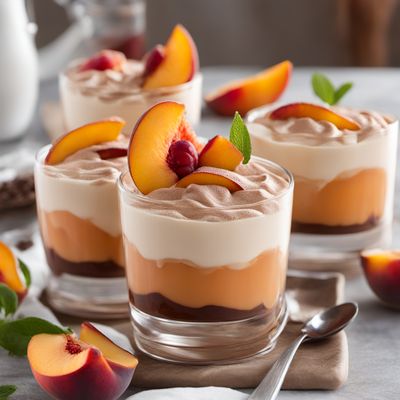
Atlanta Peach Tiramisù
Southern Charm Tiramisù: A Peachy Twist on a Classic Italian Dessert

Haute Cuisine Tiramisù
Elevated Indulgence: Haute Cuisine Tiramisù

Pesche Scaligere - Stuffed Peaches
Delightful Peach Surprise - A Taste of Italy

New Nordic Tiramisù
Nordic Twist Tiramisù: A Modern Take on the Classic Italian Dessert

Classic Tiramisù
Decadent Delight: Classic Tiramisù

Chinese-style Tiramisù
Silk Road Tiramisù: A Fusion of Italian and Chinese Flavors

Peruvian Tiramisù
Inca-inspired Tiramisù: A Fusion of Italian and Peruvian Flavors
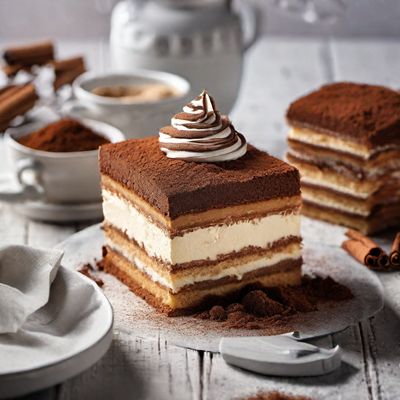
Hungarian Tiramisù
Magyar Dreamy Delight: Hungarian Tiramisù